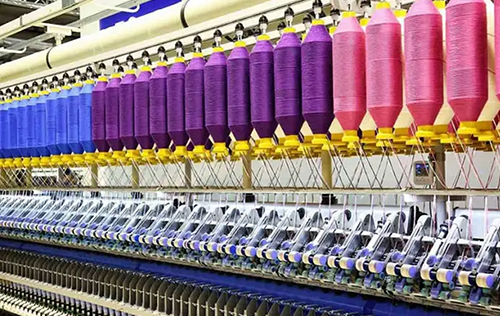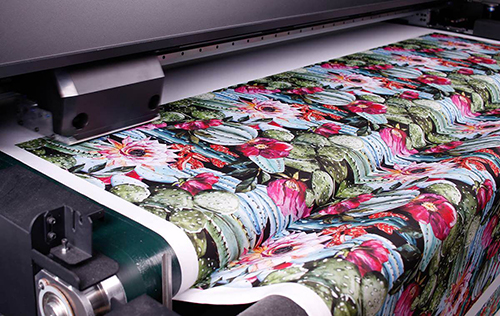Welcome to Pakistan’s Premier Digital Printing Exhibition & Conference, where future-ready technology meets the region’s $15B+ textile export powerhouse.

Welcome to Pakistan’s Premier Digital Printing Exhibition & Conference, where future-ready technology meets the region’s $15B+ textile export powerhouse.


By Digital Printing Exhibition & Conference - In Conjunction with Textile Asia
In a global textile economy undergoing radical transformation, sustainability is no longer a value-add, its a license to operate. From fast fashion audits to zero-discharge dyeing initiatives, regulations are sweeping across the textile sector at unprecedented speed. For Pakistans emerging digital textile printing market, this isnt a threat. Its an opportunity.
Between 2020 and 2024, over 16 new regulatory frameworks have come into force worldwide - governing everything from carbon disclosures and due diligence in supply chains to end-product recyclability and traceability.
Some of the most impactful include:
This evolving regulatory landscape has made digital textile printing-already known for lower water and chemical use-a strategic enabler of compliance.
| Sustainability Benefit | Digital Printing Advantage |
|---|---|
| Waterless production | Reactive and pigment-based digital inks reduce water usage by over 90% |
| Lower chemical discharge | Controlled, automated dosing minimizes waste and toxic output |
| On-demand production | Eliminates overproduction and fabric wastage through smart inventory |
| Traceability integration | Compatible with ERP and RIP systems that track every design, batch, and run |
Digital solutions such as Direct-to-Garment (DTG), Direct-to-Film (DTF), and pigment inkjet printing are already helping mills comply with strict EU and US buyer standards without compromising on creativity or output.
Pakistans textile exports surpassed USD 16 billion in 2024, with the EU and North America being the top destinations. But as ESG rules tighten across global retail chains, compliance is fast becoming a requirement for trade access.
Adopting digital printing allows Pakistani mills and manufacturers to:
As energy prices and water scarcity escalate, digital printing also positions exporters for green financing incentives, carbon credits, and reduced tariff barriers.
Forward-thinking businesses are already integrating:
These are not just sustainability efforts but are business survival strategies.
The global textile narrative is shifting. Its no longer enough to produce beautifully printed garments. The world wants to know how they were made, with what chemicals, by whom, and with what impact.
Pakistans textile industry stands at a pivotal moment. Those who digitize, automate, and comply will find themselves not just compliant-but more competitive, more agile, and more profitable.
The Digital Printing Exhibition & Conference, presented in conjunction with Textile Asia, will be the epicenter of this conversation bringing together the innovators, machines, and ideas that define the next chapter of sustainable textile excellence.

By Digital Printing Exhibition & Conference - In Conjunction with Textile Asia
The global sportswear market is set to cross USD 410 billion by 2025, driven by personalization, performance fabrics, and sustainable production. Enter digital textile printing - a game-changer for sportswear brands seeking agility, design freedom, and reduced environmental impact.
Pakistan exports over USD 3 billion in sports and activewear. With brands like Sialkot-based VisionTech, embracing digital sublimation for football kits and gymwear, theres clear market traction.
Digital print isnt just a production method - its the new muscle behind Pakistans rise in functional fashion.

By Digital Printing Exhibition & Conference � In Conjunction with Textile Asia
AI is revolutionizing how textiles are imagined, designed, and printed - unlocking creativity and cost savings at once. From pattern prediction to auto-color correction, artificial intelligence is becoming the ultimate design assistant.